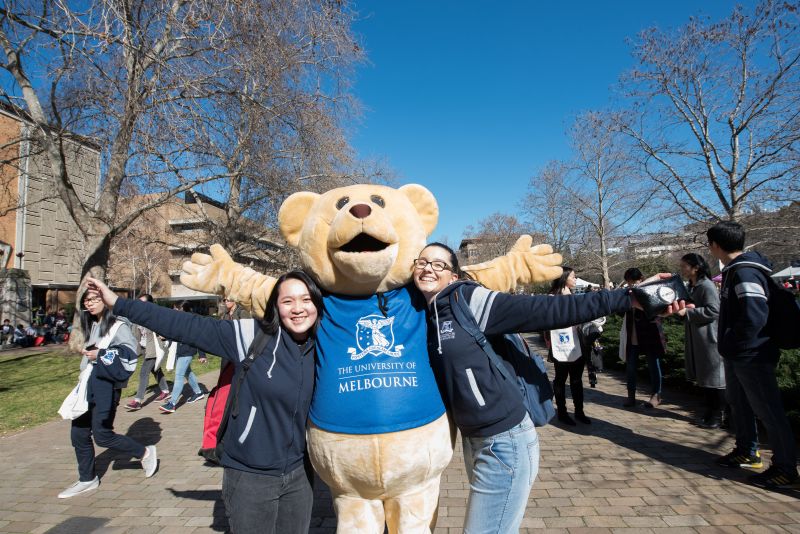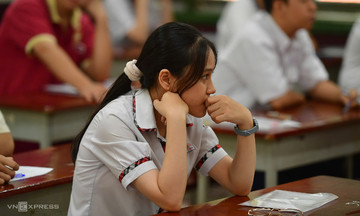The Australian Department of Education recently released international student data up to April. The total number of enrolled international students has reached over 723,000, a 3% increase compared to the same period in 2024. Vietnamese students comprise approximately 33,400 of this total, making them the fourth largest group behind China, India, and Nepal.
This figure includes students at all levels: high school, university, vocational education and training (VET), and short-term English courses (6-9 months). Compared to last year (33,500, ranked 5th), the number of Vietnamese students has decreased by about 2%.
However, compared to 2019, before the Covid-19 pandemic, this number has increased by more than 54.4%.
Over the past two years, Australia has tightened its policies regarding international students to control immigration. For instance, the post-study work visa duration has been reduced from 4-6 years to 2-4 years, the English language requirement has been raised to 6.0-6.5 IELTS (an increase of 0.5 points), and both proof-of-funds requirements and visa fees have been increased.
In August of last year, the government capped the 2025 international student intake at 270,000, a reduction of over 53,000 compared to the previous year.
Concerned about the potential impact on revenue from the international education sector, the Australian Department of Education decided earlier this month to raise the cap on international student enrollment for 2026. The total quota for institutions is 295,000 students, but this may increase if public universities recruit students from Southeast Asia.
Australia is currently one of the most popular study destinations, on par with the US and Canada. Tuition fees for international students typically range from 24,000-52,000 AUD (480-860 million VND) per year, according to IDP.
 |
Students at the University of Melbourne, Australia. Photo: University of Melbourne |
Students at the University of Melbourne, Australia. Photo: University of Melbourne
Binh Minh












